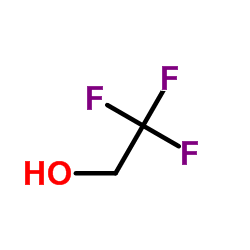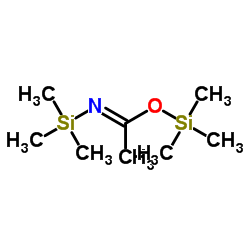| Structure | Name/CAS No. | Articles |
|---|---|---|
 |
Chloroform
CAS:67-66-3 |
|
 |
Acetone
CAS:67-64-1 |
|
 |
Hexamethyldisilazane
CAS:999-97-3 |
|
 |
Carbon
CAS:7440-44-0 |
|
 |
carbon black
CAS:1333-86-4 |
|
 |
2,2,2-Trifluoroethanol
CAS:75-89-8 |
|
 |
N,O-Bis(trimethylsilyl)acetamide
CAS:10416-59-8 |